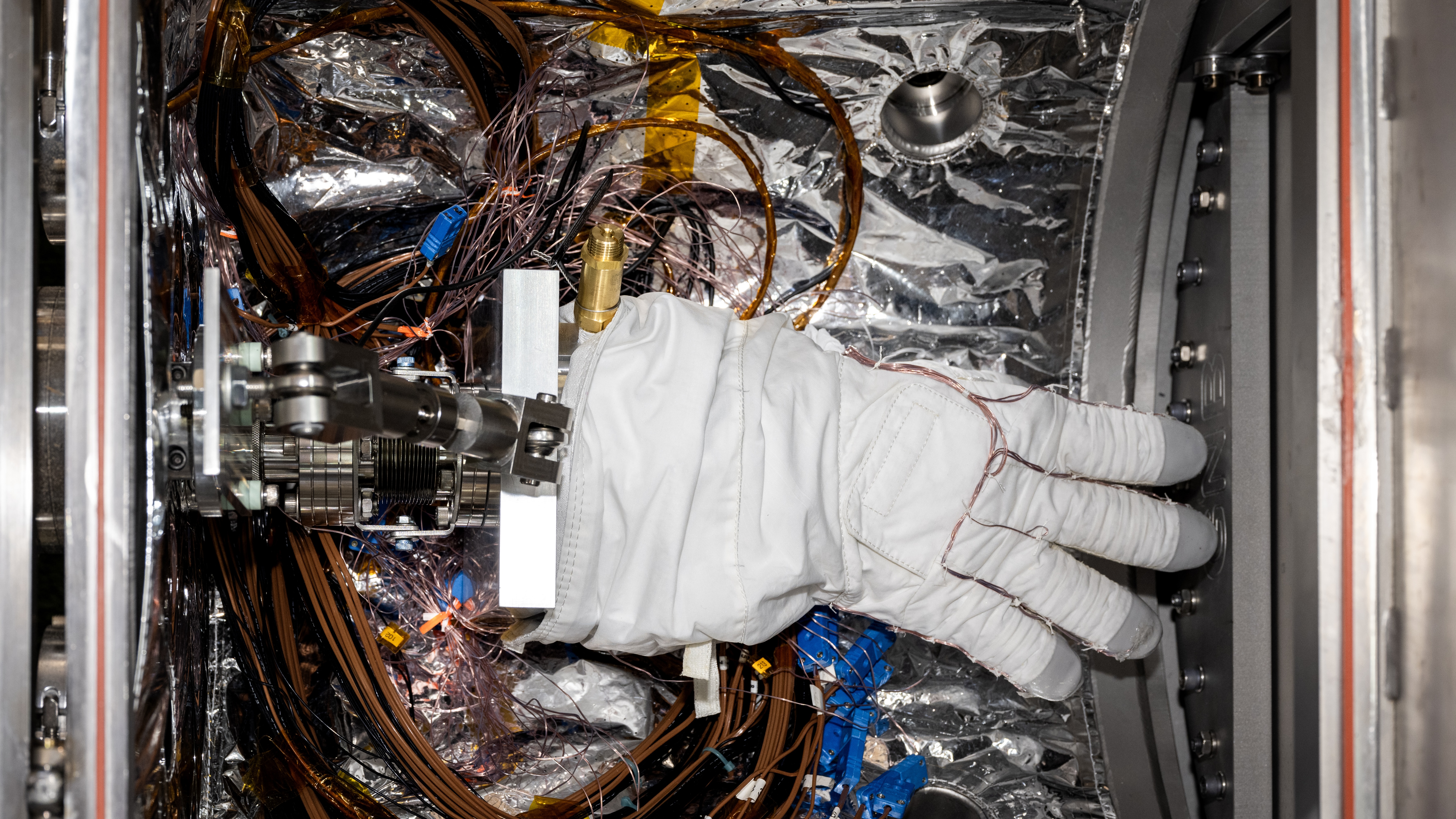SpaceX’s successful Thursday launch of Starlink’s Group 6-74 smallsats – SatNews
Original Publication Date: 2025-04-24 00:00

SpaceX’s Falcon 9 on Thursday, April 24 launched 28 of Starlink’s Group 6-74 Starlink smallsats to low-Earth orbit. The forecast was 76°F, scattered clouds, 40% cloud cover and a wind speed of 12mph. The Falcon 9 1st stage B1069 landed on ASDS ASOG barge in the Atlantic Ocean after its 23rd flight.
USSF awards WSF-M satellite Initial Operational Capability improving weather monitoring – SatNews
Original Publication Date: 2025-04-24 00:00

First USSF WSF-M satellite reaches Operational Acceptance, advances Space-Based Environmental Monitoring. Space Systems Command’s Weather System Follow-on – Microwave (WSF-M) satellite has been formally accepted and declared Initial Operational Capability.
G launches three replacement astronauts to the Chinese Space Station – SatNews
Original Publication Date: 2025-04-24 00:00

Shenzhou 20 will mark the 15th crewed Chinese spaceflight and the 20th flight of the Shenzhou program. The spacecraft will carry three Chinese astronauts on the 9th flight to the Chinese Space Station. The Shenzhou-20 crew consists of Chen Dong, Chen Zhongrui, and Wang Jie.
Vodafone Business and ServiceNow enhance the customer experience with AI-powered service automation – SatNews
Original Publication Date: 2025-04-24 00:00

Vodafone Business and ServiceNow have announced a five-year strategic collaboration to launch the next era of AI-powered service management. The solution is designed to transform the service experience for business customers with AI capabilities on the ServiceNow Platform. The solution supports Vodafone Business’s portfolio of fixed and mobile connectivity products, along with new digital services.
NASA’s Roman Mission Shares Detailed Plans to Scour Skies
Original Publication Date: 2025-04-24 12:01

NASA’s Nancy Grace Roman Space Telescope team shared Thursday the designs for the three core surveys the mission will conduct after launch. These observation programs are designed to investigate some of the most profound mysteries in astrophysics. Roman’s crisp, panoramic view of space and fast survey speeds provide the opportunity for astronomers to study the universe as never before.
Standard Definition and Evaluation Team
Original Publication Date: 2025-04-23 20:29

Exoplanet Standard Definition and Evaluation Team (ExSDET) was chartered in 2016. The goal of the ExSDET is to provide an unbiased science yield analysis of the multiple large mission concepts. Due to large uncertainties in the astrophysics inputs, particularly exo-earth occurrence rate, the yield values should be considered relative.
NASA’s Newest Space Telescope Recognized at New York Stock Exchange

SPHEREx will gather data on hundreds of millions of galaxies. Its surveys will help answer some of the biggest questions in astrophysics. Data will be processed and archived at IPAC at Caltech, which manages JPL for NASA. The SPHEREx dataset will be publicly available.
NASA Tests Key Spacesuit Parts Inside This Icy Chamber

In coming months, the team will adapt CITADEL to test spacesuit elbow joints. They’ll incorporate abrasion testing and introduce a simulant for lunar regolith. Astronauts on the Artemis III mission will explore the Moon’s South Pole.
NASA Orbiter Spots Curiosity Rover Making Tracks to Next Science Stop

The image shows Curiosity as a dark speck at the front of a long trail of rover tracks. Likely to last for months before being erased by wind, the tracks span about 1,050 feet (320 meters) They represent roughly 11 drives starting on Feb. 2.
China launches three taikonauts to Tiangong, commercial sector continues to expand
Original Publication Date: 2025-04-23 20:58

Shenzhou 20 mission launched from Site 901 at the Jiuquan Satellite Launch Center. The mission marked the country’s 15th crewed launch to date and ninth mission to Tiangong. The new crew will spend six months aboard Tiangong and is scheduled to return to Earth in October. The first segment of the Tiangong space station launched in April 2021.
